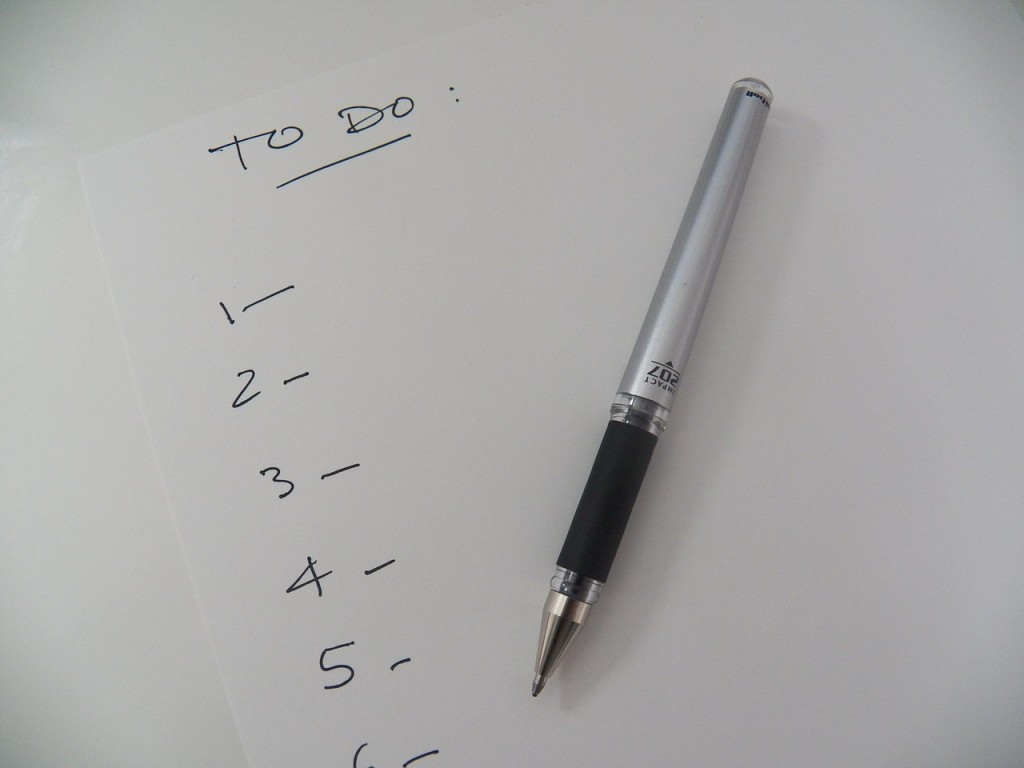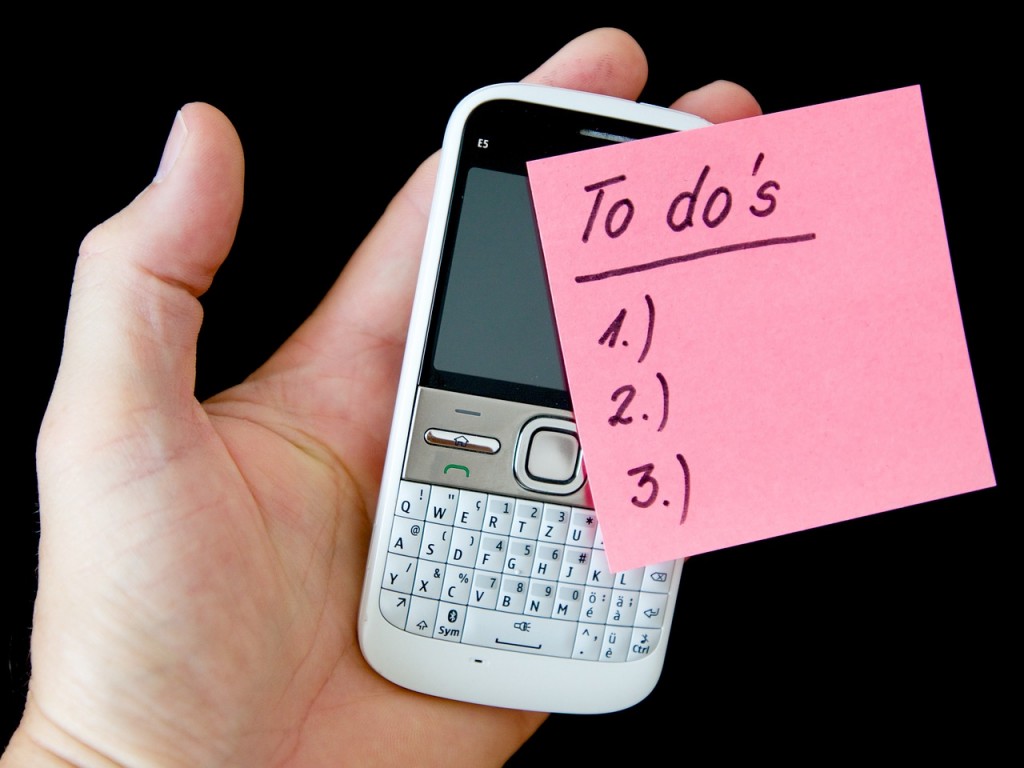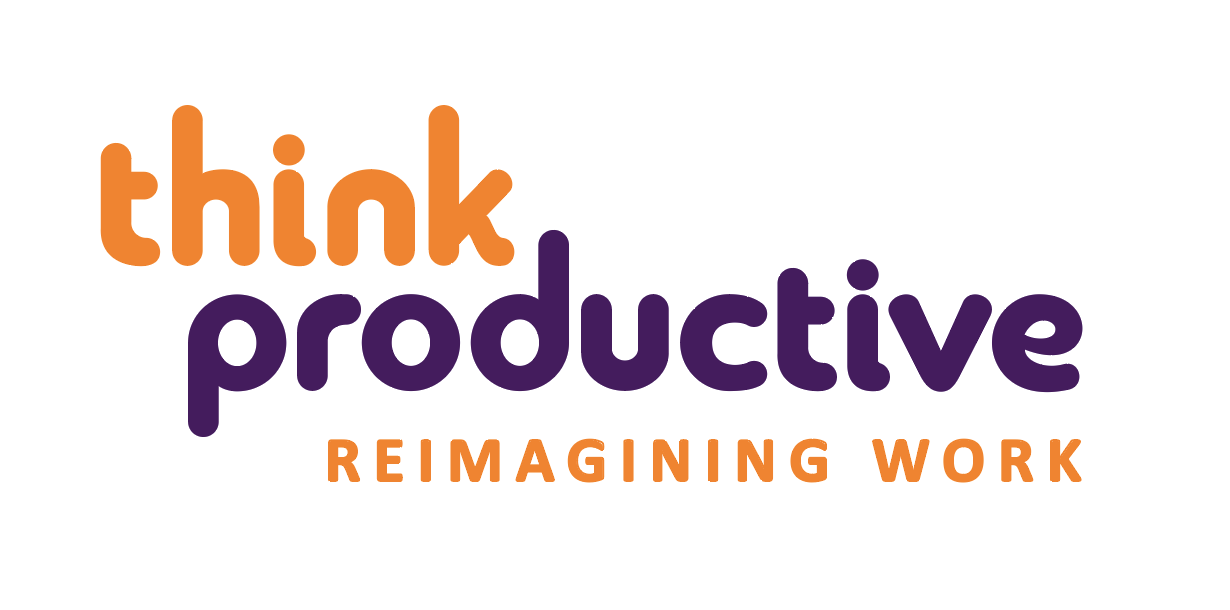I have mentioned second brains before, but what is it? Ever tried to remember your family and friends birthdays without recording them in a calendar somewhere? Chances are that you record stuff like this all in one place. Why? Because trying to remember all of these dates, would seem, well, kind of ridiculous. It just wouldn’t work. So you find another system. Perhaps online, perhaps using pen and paper. But you are able to know when people’s birthdays are. Your system tells you. Provided that you engage with it.
And yet, when it comes to organizing our work, we aren’t so well organised.
It’s a shame, because this lack of all of the right information in the right place is where much of our stress in relation to our work comes from. So, what we need is a second brain. We need one so that our regular brain is able to think, to come up with ideas, and process information. We don’t want to use our regular brain to store information. It’s not what it was designed for, and it’s not what it’s good at. Still not convinced? Using a good second brain system, using often, and well, will help you achieve a number of things:
- You will remember (or your second brain will remember) what needs to be done at the right time. No more remembering that you were supposed to sign paperwork in the office as you are getting into bed. No more remembering that you really should have brought milk 30 minutes after you’ve left the shops.
- It will give you confidence that what you are working on at any point in time, is the right thing to be working on. No more flitting from one thing to the next as you remember that bit of work you were supposed to do, and then getting distracted as you remember something even more important.
- Once you are using your system well, and often, you will achieve a sense of what we call ‘Zen Like Calm’. You will feel in control.

So then, what is it that this second brain is all about? I want to emphasise here, that it’s not what you use that is really important. It’s how you use it. I have seen in workshops some systems where people have used some of the great technology out there, and then use it in a way that is confusing, or over simplified and it doesn’t help them make decisions in any way at all.
At Think Productive, one of our values is ‘psychology before technology’. It’s your actions that count. Not that you have downloaded a new app. I actually had someone say to me once, that they’d had an app on their phone for 6 months and it hadn’t made them more productive. It’s a bit like having a winning lottery ticket, and not cashing it. Then complaining you have no money!
You don’t have to use pen and paper. The important thing about a second brain tool, is that you can:
- Add your tasks anywhere (or have a system for adding them once you have recorded them).
- You can allocate dates to your tasks (although I would advise against doing this every time that you add something in).
- You can assign tasks to specific projects and be able to view all tasks associated with one project at the same time.
- You can assign context to your tasks and are able to view all tasks with one context at the same time.
- You can assign levels of priority to tasks (this is at the end of my list for a reason).
- Some tools will allow you to do other stuff, such as import your tasks from email. Nice, but not essential. Others will remind you to do something when you are at a specific location. Again, nice, but not essential.

In a nutshell, you use your second brain to record all of your tasks. Every single thing that you haven’t done yet and plan to do. Regardless of if you plan to do it today, tomorrow, next week, or just perhaps one day. You clearly state what you are going to do. If something appears on your to-do list as ‘clothes for wedding’ we don’t know if this means buy clothes, perhaps online, or go shopping, or it could means talk to someone else about what to wear for the wedding. It could mean pick the dress up from the dry cleaners. When you record stuff in your second brain, be clear what you are going to do. Just include the next actions. So ‘clothes for wedding’ becomes ‘pick up dress from dry cleaners’. No more thinking required. You will be surprised at the power this simple difference can have.
You then need to attach to each next action, a context. A context could be a location (office, home, on the train etc), a tool you need available (computer, phone) or a person (boss, partner etc). A second brain should also allow you to identify what wider project this relates to and if there is a deadline.
There are loads of second brain tools out there. Just search online and find something that you like the look of, that you will use all the time. Then get in the habit of using it, and reviewing it each week. Many delegates in my workshops use excel, To Do Ist, Trello, Asana or pen and paper. I’m not recommending any specific product, but pick something that you like the look of.
While setting it up can take time, it could be the best thing you ever do for your productivity and your sanity. And don’t forget, if you get stuck, just get in touch @thinkproductive
By Hayley Watts

This was really good information.
Hi,
I have just started using todosit for my second brain but I am struggling to configure it so that i can have an easy to use master actions list.
Any tips?
You can use the projects list to sort the tasks by goal, thinking about a project as what you would like to achieve. You can then add labels to think about when, who, what you need access to or even the mood that you need to be in. This really helps me to be focused on the right thing at the right time. I hope that it can be useful to you too.